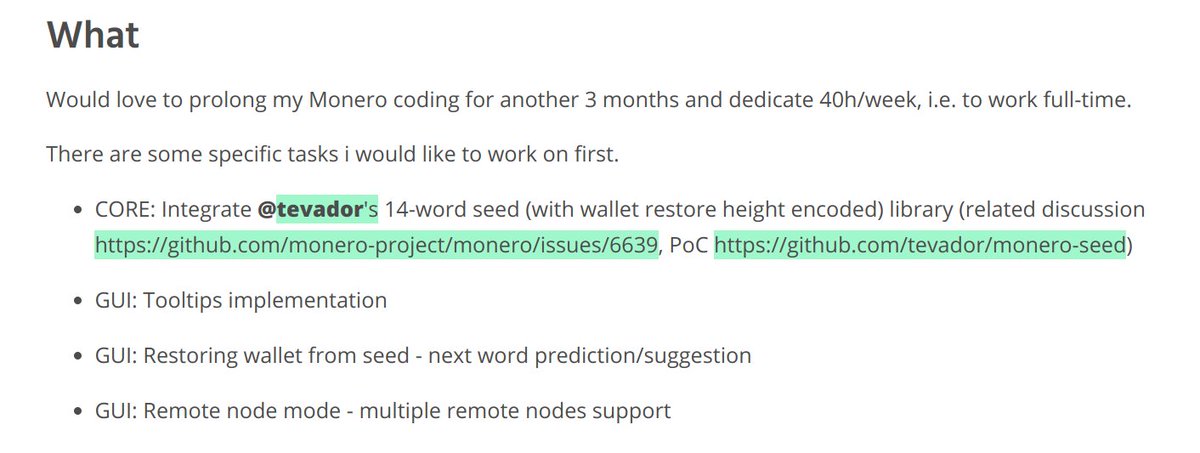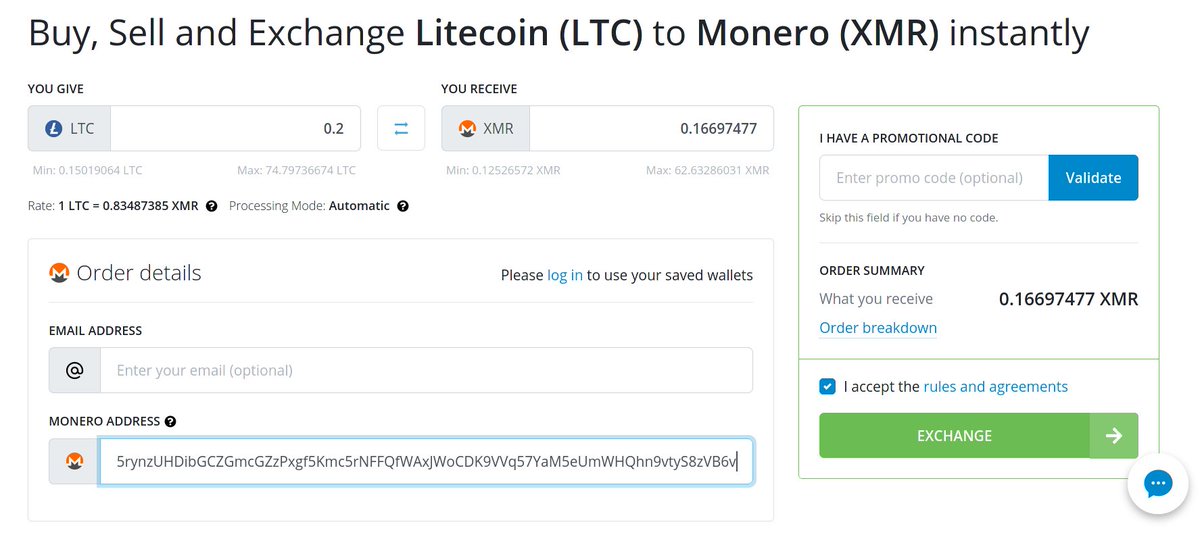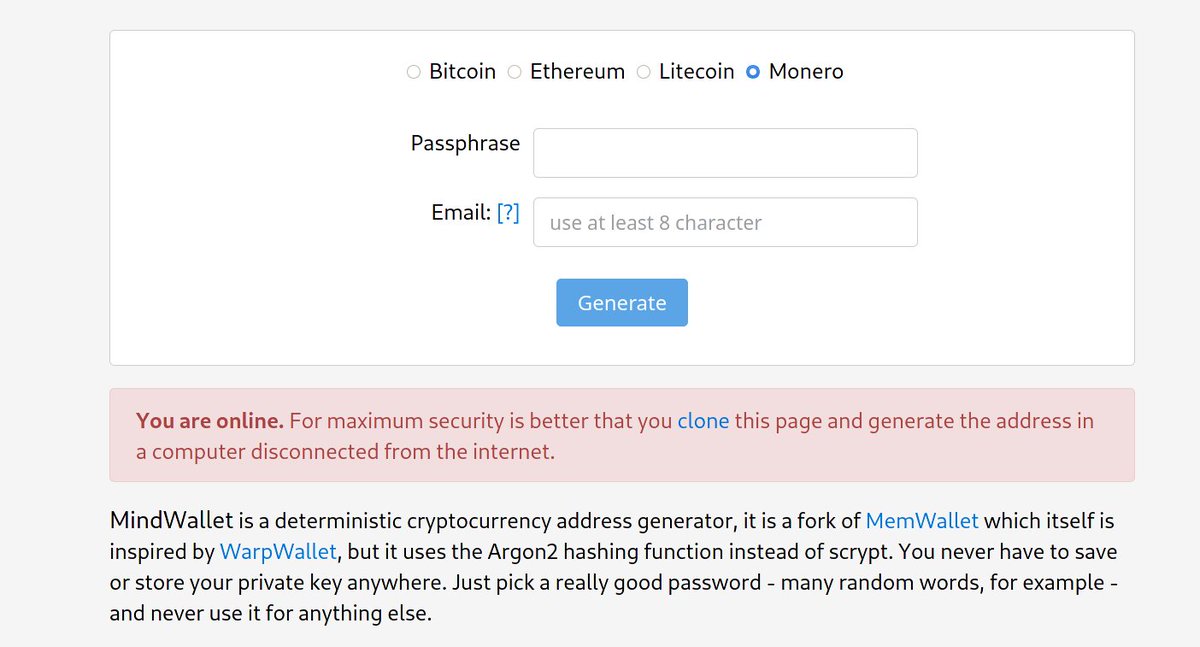
1/ ICYMI, I schooled the entire @monero community and exposed @fluffypony as a pseudo-intellectual wannabe bully that forgot he ran into the crypto space's biggest bully.
See them get humbled here - reddit.com/r/Monero/comme…
See them get humbled here - reddit.com/r/Monero/comme…
2/ To be clear, the original Reddit post was created to urge the community to pay @veorq more money than what they offered because he's actually worth more - and he has the intelligence, expertise & proven ability to help curate unique solutions that could enhance Monero. 





3/ @fluffypony attempted to respond...and, well, let's just say that this is where it got embarrassing (he was mad that I pointed out that Monero is trying to push a wallet solution with a backdoor in it) 

4/ David Vorick from Siacoin is hardly a noteworthy reference. He forked his own project (Siacoin) to another mining algorithm which he was crafting an ASIC miner for (Obelisk).
As for @fluffypony, it became immediately clear he was too emotional to formulate coherent rebuttals.
As for @fluffypony, it became immediately clear he was too emotional to formulate coherent rebuttals.

5/ This thread is going to end here as another one will be published (in the next few minutes), detailing exactly how @monero #Monero attempted to push a *backdoor* onto their users.
This is why you can never trust @Blockstream
This is why you can never trust @Blockstream
• • •
Missing some Tweet in this thread? You can try to
force a refresh












